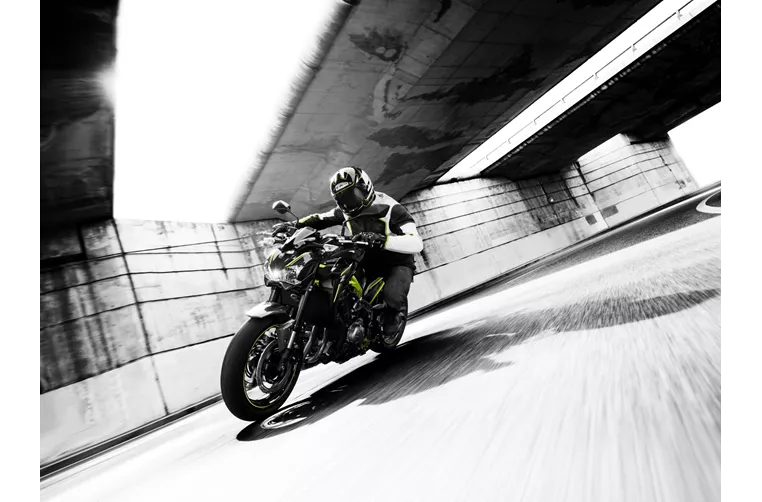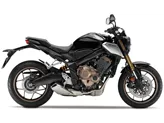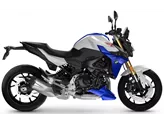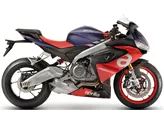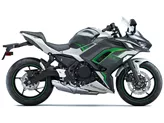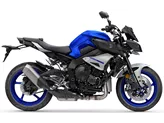Kawasaki Z 800 2013 vs. Kawasaki Z900 2018

Kawasaki Z 800 2013

Kawasaki Z900 2018
Overview - Kawasaki Z 800 2013 vs Kawasaki Z900 2018
The Kawasaki Z 800 model year 2013 and the Kawasaki Z900 model year 2018 are both naked bikes with similar technical specifications. They both have an in-line engine with four cylinders and liquid cooling. However, there are some notable differences between the two models.
In terms of engine power, the Kawasaki Z 800 2013 has 113 HP, while the Kawasaki Z900 2018 has a more powerful engine with 125.4 HP. This increase in power translates to better acceleration and overall performance on the Z900.
The torque on the Kawasaki Z 800 2013 is 83 Nm, while the Z900 has a higher torque of 98.6 Nm. This increase in torque provides better low-end power and improved acceleration on the Z900.

Kawasaki Z 800 2013
Both bikes have a double cradle steel frame and upside-down telescopic fork front suspension. The front suspension on both models can be adjusted for rebound. However, the Z900 offers the additional feature of preload adjustment on both the front and rear suspension, allowing for more customization and fine-tuning of the bike's handling.
In terms of braking, both models have double disk brakes with four pistons and petal technology at the front. This ensures powerful and responsive braking performance on both bikes.
In terms of dimensions and weights, there are minimal differences between the two models. Both have the same front and rear tire widths and diameters, as well as similar wheelbase measurements. However, the seat height on the Z900 is slightly lower at 795 mm compared to the 834 mm on the Z 800.
Now let's discuss the strengths and weaknesses of each model. The Kawasaki Z 800 2013 has an eye-catching, chunky look that appeals to many riders. It also offers confident acceleration and a relaxed geometry that provides a comfortable riding experience. Additionally, the Z 800 has powerful brakes that inspire confidence in stopping power.
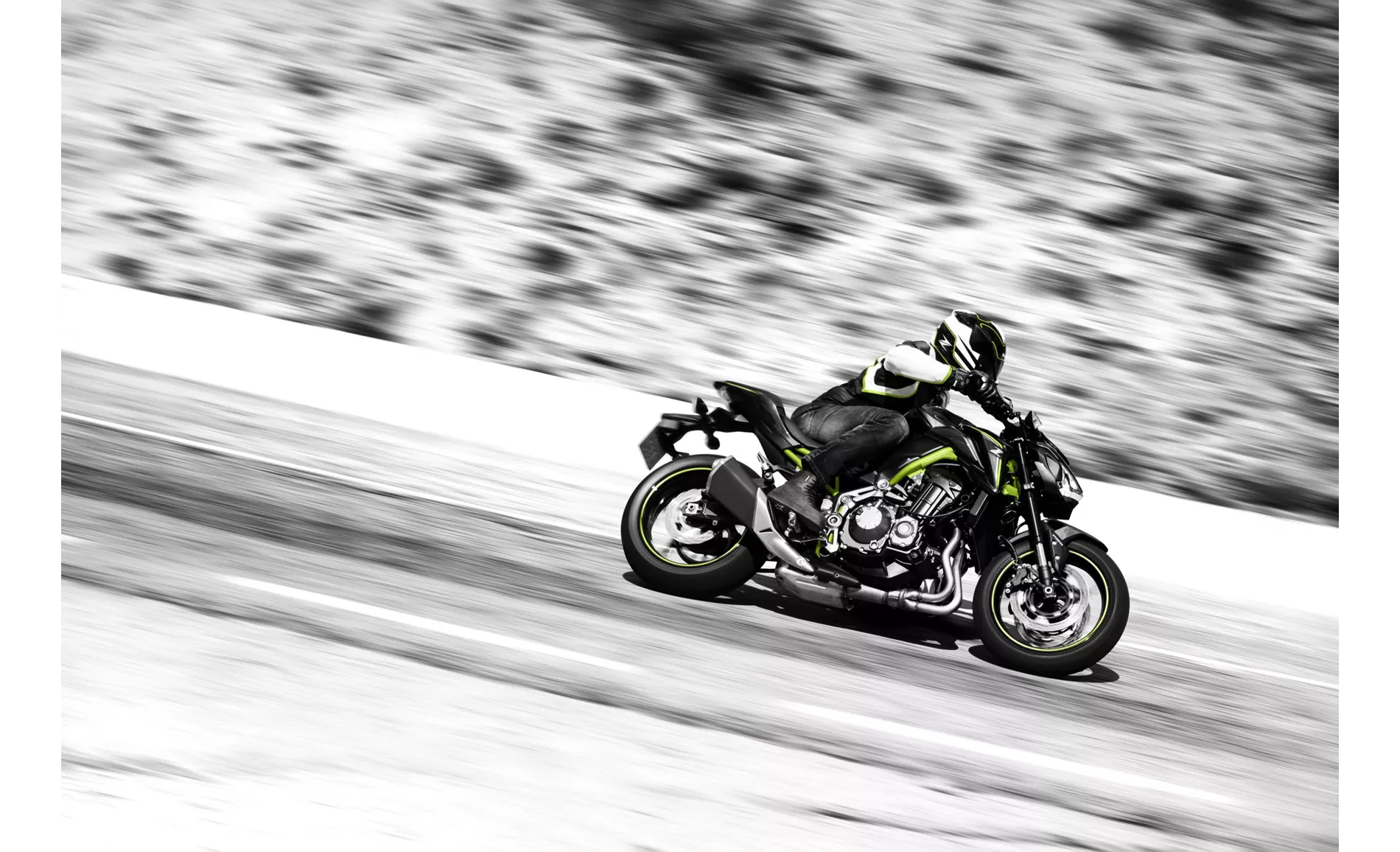
Kawasaki Z900 2018
On the other hand, the Kawasaki Z900 2018 has a more powerful and silky engine that delivers great performance. It also has a sharp, sporty look that is visually appealing. The low seating position and easy handling make it a breeze to maneuver in various riding conditions. The Z900 also has a great sound that adds to the overall riding experience.
However, the Z 800 2013 has a weakness in terms of limited freedom of movement for the legs. On the other hand, the Z900 2018 lacks traction control, which can be a disadvantage in certain riding situations. Additionally, the knee angle on the Z900 can be strenuous for tall riders during long rides.
In conclusion, the Kawasaki Z900 2018 offers improvements in engine power, torque, and suspension adjustability compared to the Kawasaki Z 800 2013. It also has a more sporty and visually appealing design. However, it does have some weaknesses, such as the lack of traction control and potential discomfort for tall riders. Overall, both models are capable naked bikes with their own strengths and weaknesses.
Technical Specifications Kawasaki Z 800 2013 compared to Kawasaki Z900 2018
Pros and Cons in comparison
Pros and Cons in comparison
Kawasaki Z 800 2013

Overall, the Z800 delivered a sensational performance. Considering the fact that nothing was changed or optimised on the vehicle apart from the Remus rear silencer, a super final result.
Kawasaki Z900 2018
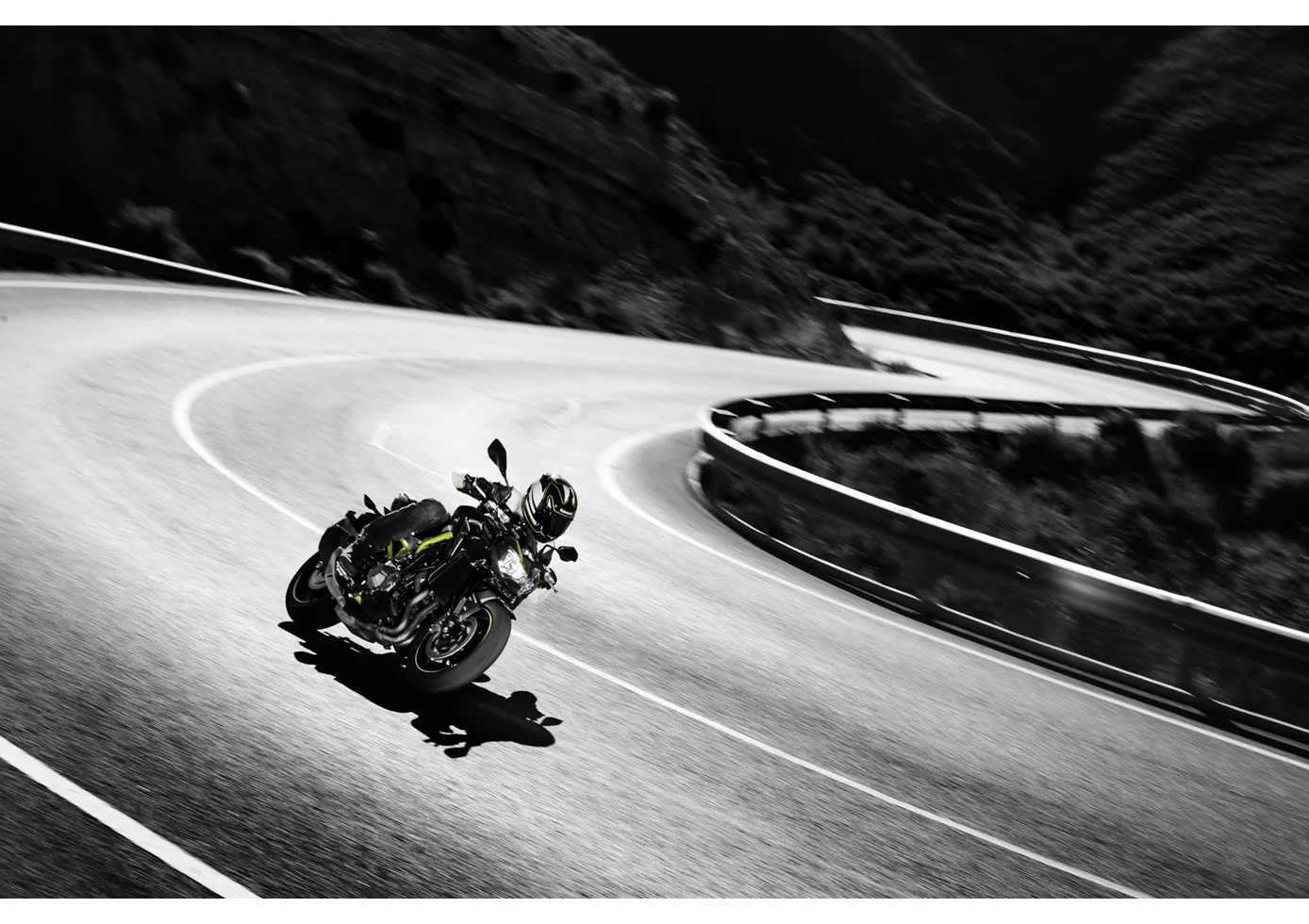
In the hotly contested naked bike segment, the Z900 plays right at the front. Above all, its engine is absolutely terrific, runs incredibly silky and offers rich power in all rev regions - as befits a Japanese four-cylinder. Its sporty, aggressive appearance matches this. It does without electronic bells and whistles, but still conveys a lot of confidence when chasing corners, braking and accelerating out of them. The low seat is especially beneficial for smaller riders, but taller riders might miss a flatter knee angle on long distances. The low weight and compactness make the Z900 particularly agile and easy to handle. A sporting cannon that is also extremely appealing in terms of price
Price Comparison Avarage Market Price Kawasaki Z 800 vs Kawasaki Z900
There are a few key differences between a Kawasaki Z 800 2013 and a Kawasaki Z900 2018. In terms of price, the actual average price of a Kawasaki Z900 2018 is about 33% higher. Compared to Kawasaki Z900 2018 there are less Kawasaki Z 800 2013 bikes available on the 1000PS.de Marketplace, specifically 7 compared to 55. It takes less time to sell a Kawasaki Z 800 with 56 days compared to 112 days for a Kawasaki Z900. Since model year 2013 1000PS.de editors have written 11 reviews for the Kawasaki Z 800 and 46 reviews for the Kawasaki Z900 since model year 2017. The first review for the Kawasaki Z 800 was published on 9/6/2012 and now has more than 8,100 views. This compares to more than 93,200 views for the first review on Kawasaki Z900 published on 11/11/2016.

